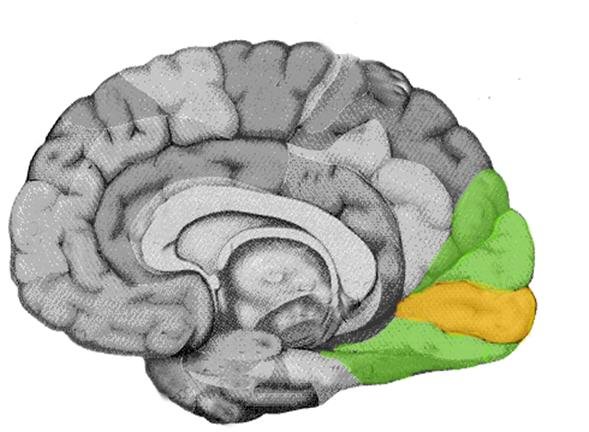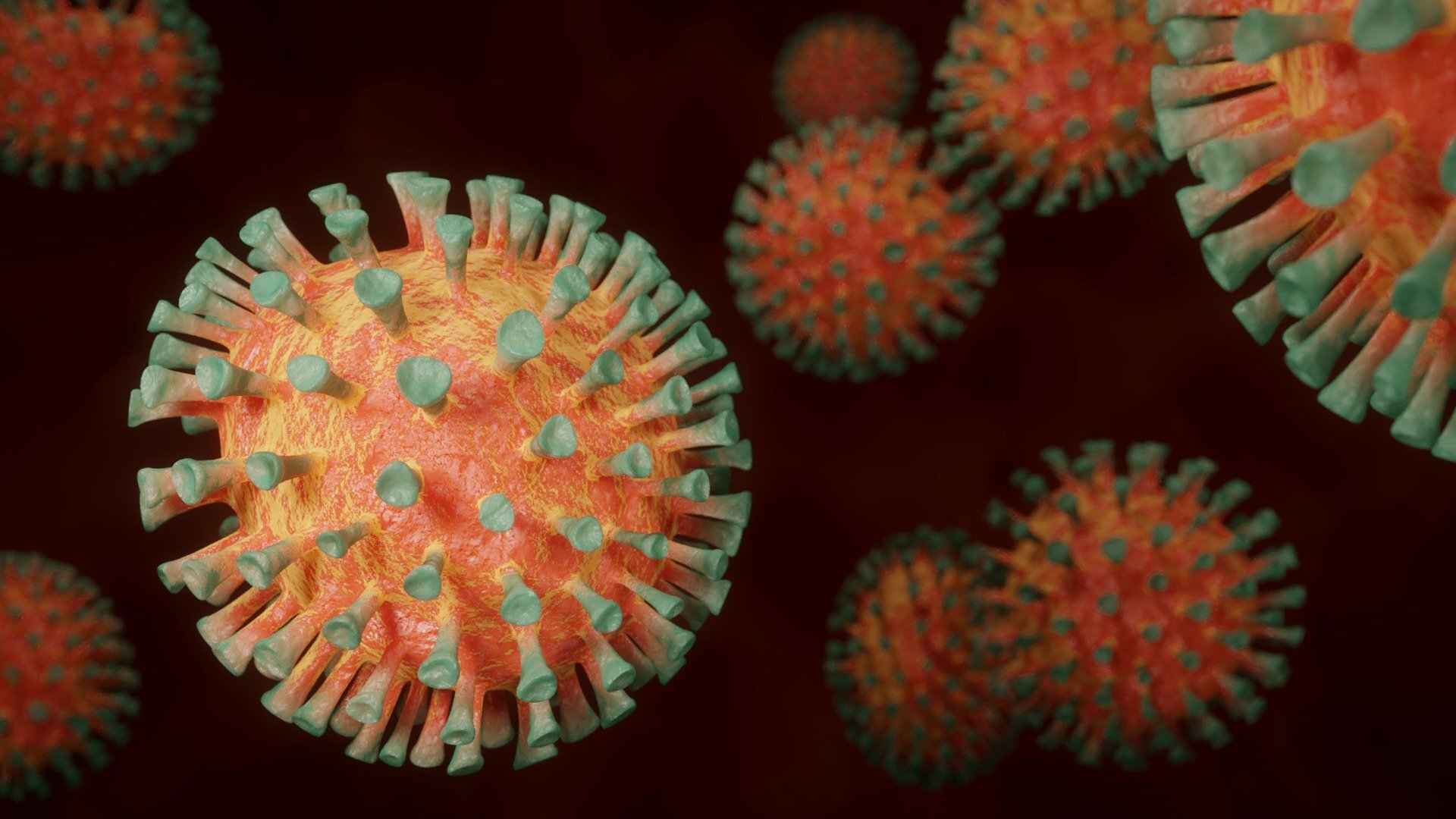#Visuals increase attention; now science explains why

“#Visuals increase attention; now science explains why”

“Look at me!” we might say while attempting to engage our children. It turns out there is a neurochemical explanation for why looking at mom or dad actually helps kiddoes pay better attention.
In a paper published Dec. 17 in the journal Science Advances, authors from The University of Texas Health Science Center at San Antonio (also referred to as UT Health San Antonio) report that norepinephrine, a fundamental chemical for brain performance, is locally regulated in a brain region called the visual cortex.
“Before our study, research suggested the possibility of local regulation of norepinephrine release, but it had never been directly demonstrated,” said study senior author Martin Paukert, MD, assistant professor of cellular and integrative physiology at UT Health San Antonio. The work of the team, which included Shawn R. Gray, Ph.D., and Liang Ye, MD, from the Paukert lab and Jing Yong Ye, Ph.D., from the biomedical engineering department at The University of Texas at San Antonio, was supported by the Robert J. Kleberg, Jr. and Helen C. Kleberg Foundation, the National Institute of Mental Health (NIMH) and the National Institute on Alcohol Abuse and Alcoholism (NIAAA).
Norepinephrine is known to be involved in paying attention. “A certain amount of this chemical needs to be released for optimum brain performance and ability to pay attention,” Dr. Paukert said. “So, if there is either too much of it or too little of it, it may affect how we process information.”
Disease states in which norepinephrine is known to be altered include substance use disorders, Alzheimer’s disease, post-traumatic stress disorder (PTSD) and attention-deficit/hyperactivity disorder (ADHD). In some substance use, Alzheimer’s and ADHD, the release of norepinephrine is reduced, resulting in lower attention. In other substance use and PTSD, the level is too high.
The team’s findings also extend to cells called astrocytes that function as helper cells in the brain and central nervous system.
“When a person makes a movement, such as turning the head to listen to a parent, and that is combined with visual stimulation, then more norepinephrine is released where visual information is processed,” Dr. Paukert said. “Our second finding, also important, is that astrocytes can reliably detect the rate of norepinephrine release.”
They are sensitive to it, in other words. Astrocytes alter their response accordingly, which is expected to change brain performance.
“Understanding norepinephrine release, its local regulation and the astrocyte response may represent a mechanism by which one could enhance sensory-specific attention,” Dr. Paukert said. Research will continue in that direction.
Drinking blocks a chemical that promotes attention
Shawn R. Gray et al, Noradrenergic terminal short-term potentiation enables modality-selective integration of sensory input and vigilance state, Science Advances (2021). DOI: 10.1126/sciadv.abk1378. www.science.org/doi/10.1126/sciadv.abk1378
Citation:
Visuals increase attention; now science explains why (2021, December 17)
retrieved 17 December 2021
from https://medicalxpress.com/news/2021-12-visuals-attention-science.html
This document is subject to copyright. Apart from any fair dealing for the purpose of private study or research, no
part may be reproduced without the written permission. The content is provided for information purposes only.
If you liked the article, do not forget to share it with your friends. Follow us on Google News too, click on the star and choose us from your favorites.
For forums sites go to Forum.BuradaBiliyorum.Com
If you want to read more Like this articles, you can visit our Science category.


